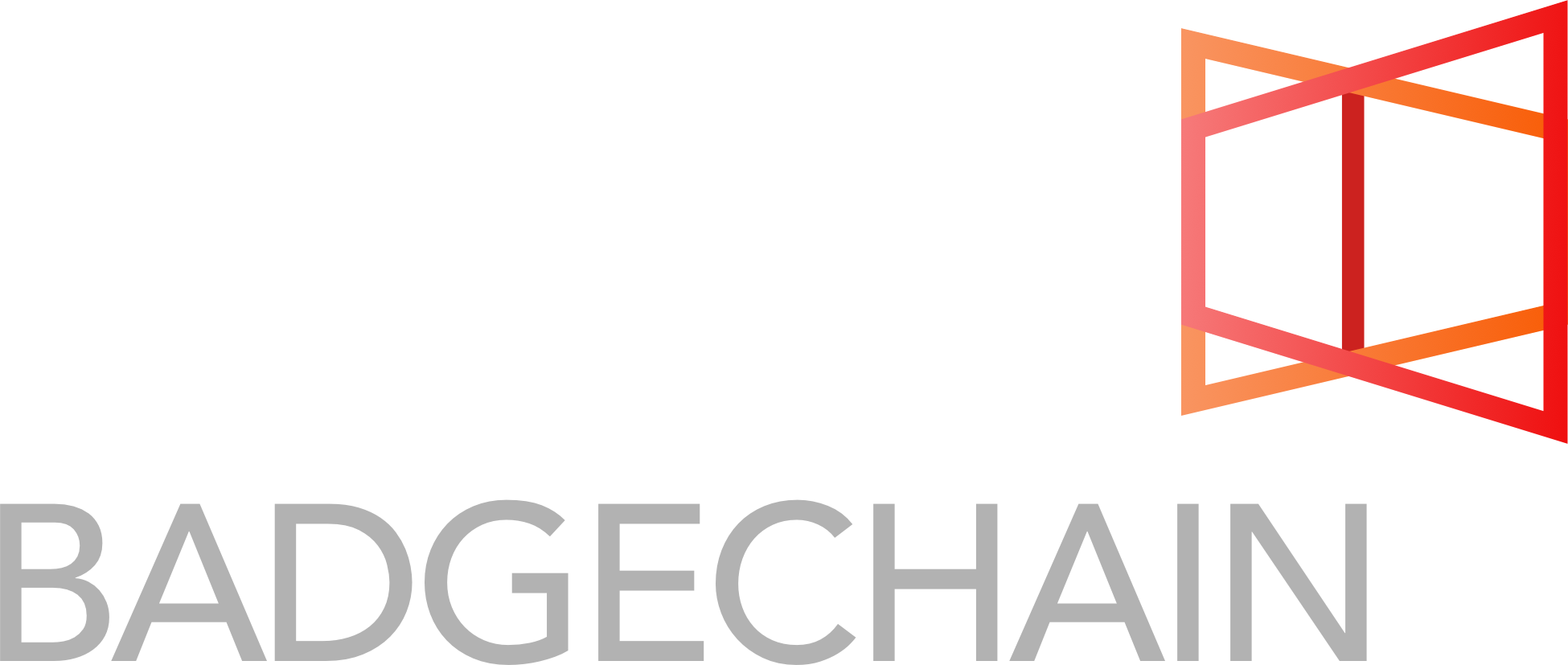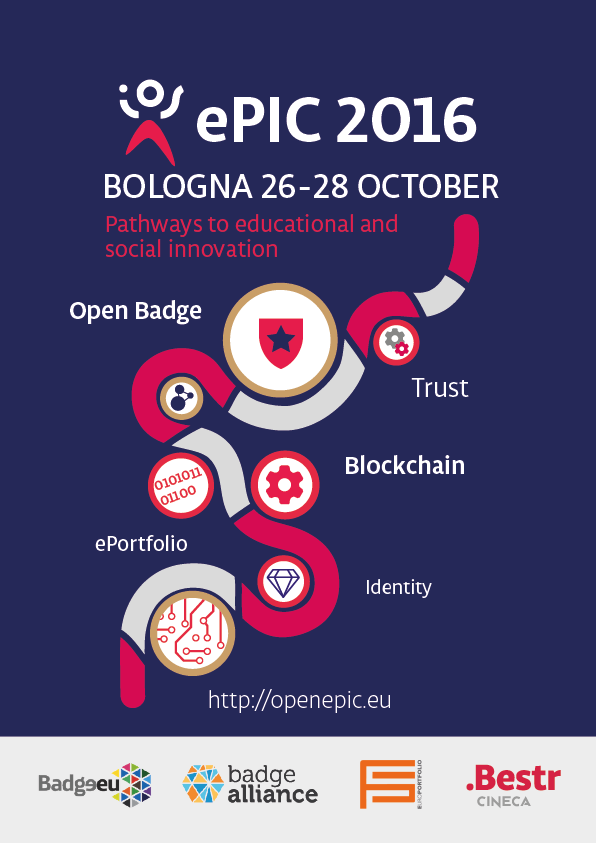About Trust and distrust — Rebuttal of @hackeducation on blockchains (Part 1)
April 19th, 2016 | Serge RavetIntroduction
Audrey Watters recently published in @hackeducation a series of posts in the hope “of writing a clear explanation […] of what blockchain is”: The Blockchain in Education: Questions, The Blockchain for Education: An Introduction, and The Ideology of the Blockchain (for Education).
As there is a lot to “unpack” from those three posts, I will only focus on the most salient points.
And to provide a simple definition of a blockchain for this post (source):
“A blockchain enables a database to be directly and safely shared by entities who do not trust each other, without requiring a central administrator.”
Yes, that’s all what it is, yet it changes everything!
In the first post, The Blockchain in Education: Questions, the last question is:
“When it comes to issues of “trust” and, say, academic certification, who is not trusted here? Is it the problem that folks believe students/employees lie about their credentials? Or is the problem that credential-issuing entities aren’t trustworthy? I mean, why/how would we “trust” the entity issuing blockchained credentials?
There is a lot to “unpack” here: first, there is a confusion between trust and distrust. If the question was about trust, then one should develop the question around trust. Building an argumentation about distrust to support an argument on trust is a non sequitur. Some researchers (e.g., Priester and Petty, 1996; Lewicki et al., 1998) argue that trust and distrust are separate dimensions, and thus not opposite ends of one single dimension or continuum (source). Other authors, Steven Van de Walle, Frédérique Six, explain why trust and distrust should be addressed as distinct concepts:
Scholarship of trust in institutions has tended to see trust and distrust as opposites on one continuum. Theoretical advances have challenged this view, and now consider trust and distrust as different constructs, and thus, as constructs with different characteristics and partly different determinants. Current empirical research on trust in government has yet done little to incorporate these findings, and has largely continued to rely on traditional survey items assuming a trust-distrust continuum. We rely on the literature in organisation studies and political science to argue in favor of measuring citizen trust and distrust as distinct concepts and discuss future research challenges. Trust and Distrust as Distinct Concepts: Why Studying Distrust in Institutions is Important (source)
As I have argued several times, many of the so-called “trust technologies” should be rechristened “distrust technologies.” With the first ones, trust is the natural state and “distrust” is produced as the result of experience, while with the others, “distrust” is the default state and “trust” has to be earned.
One can make a parallel with conditional and unconditional love: conditional love, especially with children is destructive (see here and here). This should be an invitation to reflect on the idea of the dangers of conditional trust and benefits of unconditional trust:
A teenager had spent many months in a young peoples psychiatric hospital.When he was about to leave a therapist asked him what was the most significant thing which helped him in his recovery. He responded that it was the moment when in and art group the therapist asked him to fetch some art paper from a cupboard in another part of the building.The therapist handed him the keys to the cupboard which were on a key ring with many other keys to the rooms in the building.
The young man said he felt so good, not just because he had been chosen to do the small job when his esteem was very low but because the therapist had not hesitated but just handed him the keys. He knew he could have used those keys to get up to all sorts of mischief but he felt trust to act responsibly.
Julie Lunt <julie at newpaths.eu>
The anecdote is unambiguously an example of unconditional trust, the kind that can heal. The problem with Audrey Watters’ question on trust is what she is really trying to address is distrust. She is victim of the kind of confusion that lead me write: the deleterious effects of mistaking security for trust.
The next point I need to raise is the institution-centric view and the implicit defence of the current power relationships between institutions and individuals: “When it comes to issues of “trust” and, say, academic certification, who is not trusted here?” followed by the rhetorical question: the potentially lying student or the potentially incompetent issuer? At no time the question considers the learner as a sapient agent that has the right to trust (and distrust!) creating thus the conditions for the emergence of alternatives to formal credentials.
These views are developed further in the latest post:
“A move to place certification — degrees, badges, and the like — on the blockchain implies that students’ own claims about their education cannot be trusted and must be authenticated and secured — and authenticated and secured specifically via technology.”
“It’s worth asking here, of course, which students’ claims are likely to be viewed as suspect? And a related question: which certificates, “verified” via the blockchain, might find a new legitimacy?”
For Audrey Watters, a blockchain seems to be something that is necessarily done to the learners, if not against them. Could learners and citizens use blockchains to regain a sense of agency through the control of their data does not seem to be a question of interest to the author.
Originally published at www.learningfutures.eu on April 19, 2016.


Follow Us